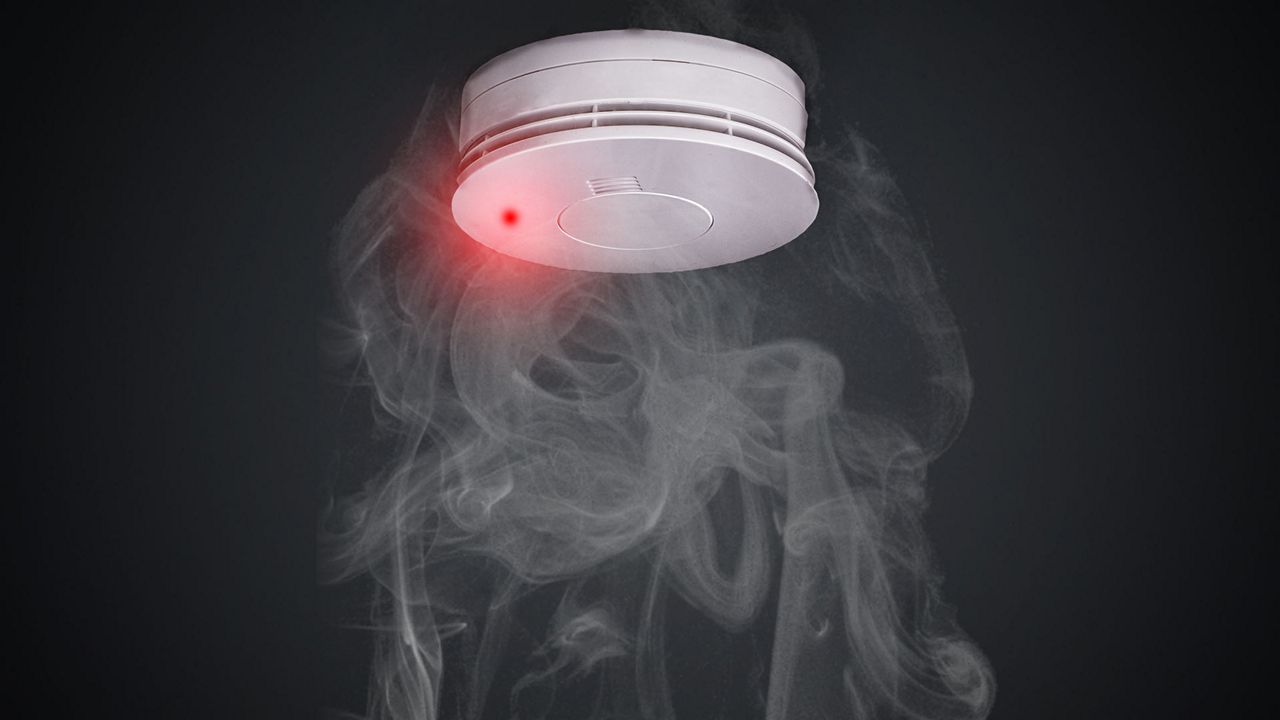CULVER CITY, Calif. — You may be able to outrun the cops, but you can’t outrun a drone – as one burglary suspect learned last year in Culver City. The suspect ran through backyards and jumped fences as a drone followed overhead.
Officers were still far away when the suspect looked up at the drone and put his hands in the air. Exhausted, he had given up.
“That’s all because of the drone,” said Sgt. Eddie Baskaron, one of several drone pilots for Culver City Police Department.
RELATED STORIES:
- Police Pilot New Drones at Port of Los Angeles
- Emergency Response Teams Using Drones for Mock Search and Rescue
- Corona Police Deploy Life-Saving Drones
He brings one along on every call and now he’s training others to use the technology. Baskaron believes the drone not only ended the chase, but avoided violence as well – in the past officers might have sent a canine to bite the suspect or approached him themselves with guns drawn.
“So right now he’s doing a roof check,” Baskaron said during a recent training exercise. A view from above helps officers chase suspects – providing video in real time.
The small police department can’t afford a helicopter and, in the past, relied on assistance from the Los Angeles Police Department or the Los Angeles County Sheriff’s Department.
Now, they’ve turned to drones.
“It’s the second best thing to having an actual helicopter that would cost a ton of money,” Baskaron said. “It’s the second best thing to having an actual helicopter that would cost a ton of money,” Baskaron said.
With that in mind, the department purchased eight drones in 2018.
They’ve quickly become an integral part of the force, giving officers access they’ve never had before. For example, the smallest model – called the Spark – is about the size of the palm of your hand. It can fly through an open window and follow a barricaded suspect inside.
The drones have even assisted on traffic stops. If an officer pulls over a stolen car, he or she might decide to send a drone to have the first look at who is inside.
The department’s policy is designed to be sensitive to privacy concerns. A supervisor has to sign off any time a drone is deployed and all the pilots have a license from the FAA. They are required to notify air traffic control whenever they fly.
“At the end of the day, it comes down to officer safety and it turns out it’s also safer for the suspect as well,” Baskaron said.








